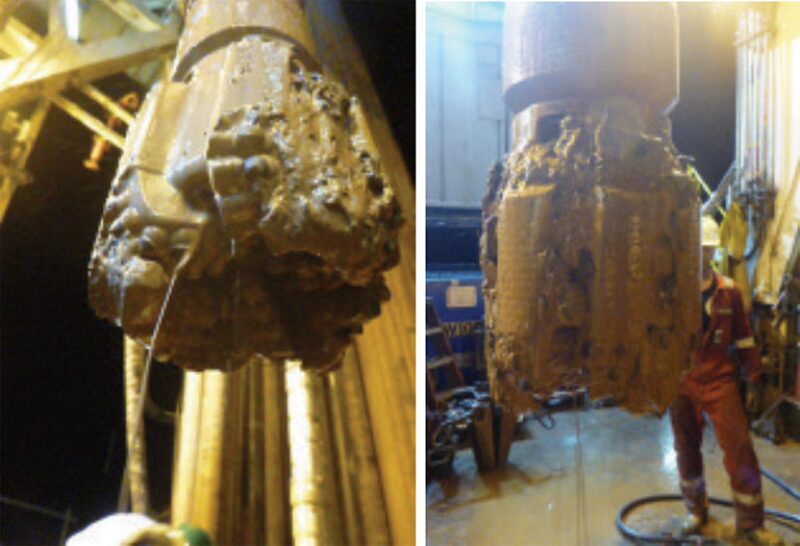The reservoir section of a gas field offshore Sarawak, Malaysia, consists of two massive pinnacle carbonate structures with heterogeneous porosity and permeability and many vugs and faults. Severe to total loss of circulation was expected along with a high bottomhole temperature (BHT). Considering the high risk of lost circulation, the drilling-fluid strategy involved designing and testing a high‑temperature (HT) -tolerant water‑based mud (WBM). While the main hole was drilled successfully with the HT WBM, the sidetrack experienced a significant reduction in rate of penetration (ROP).
Well Design and Execution Challenges
During the design stage, determination of the severity of losses in the carbonate formation was met with high uncertainty. Consequently, a WBM system was selected to drill the 8½-in. reservoir section.


